The Maasai belong to the Nilotic language group, more specifically the Plain Nilotes. They believe they came down from heaven with their herds of cattle in tow via a bridge made of skin. The semi-nomadic pastoralists then settled in the savanna grass plains of Kenya and northern Tanzania.
The Maasai are an internationally recognized community thanks to their colorful dressing and distinct customs. That they reside next to numerous game parks and reserves around the great lakes of Africa also adds on to their prominence.
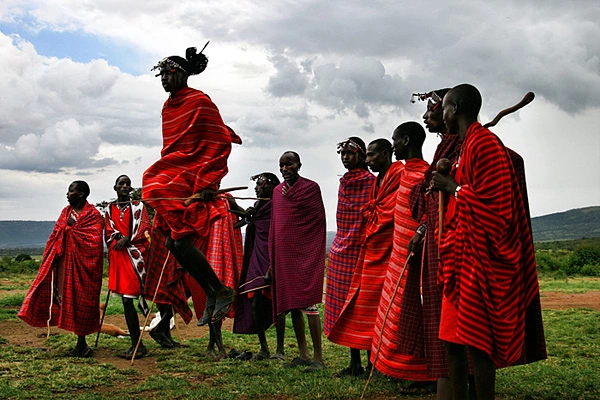
So how do the Maasai’s dress? What does their diet consist of? What about their religious beliefs and superstitions? How do they divide work? Do they have gender roles? Read on to find out all you need to know about this fascinating East African community.
- The Maasai People Drink Blood
Blood is an essential food item in the diet of the Maasai people. The blood is drawn from the bovines that the tribesmen own. The animal is hardly ever slaughtered but instead held down by a couple of men while another skillfully punctures the jugular of the animal using an arrow shot at close range.
Immediately the blood starts gushing, a clay pot or calabash is placed below the incision to harvest the blood. Once they have collected enough blood, mud or hot ash is smeared over the cut; the wound heals up in a few days.
Maaasai’s drink blood on regular days and special occasions like circumcision of boys, birth of a child and marriage. The blood is either taken fresh just after being drawn, coagulated, mixed with milk or added as an ingredient in meal preparation. Cattle blood is rich in proteins and nutrients so it is used for medicinal purposes as well.
- They Name Their Children Three Months After Birth
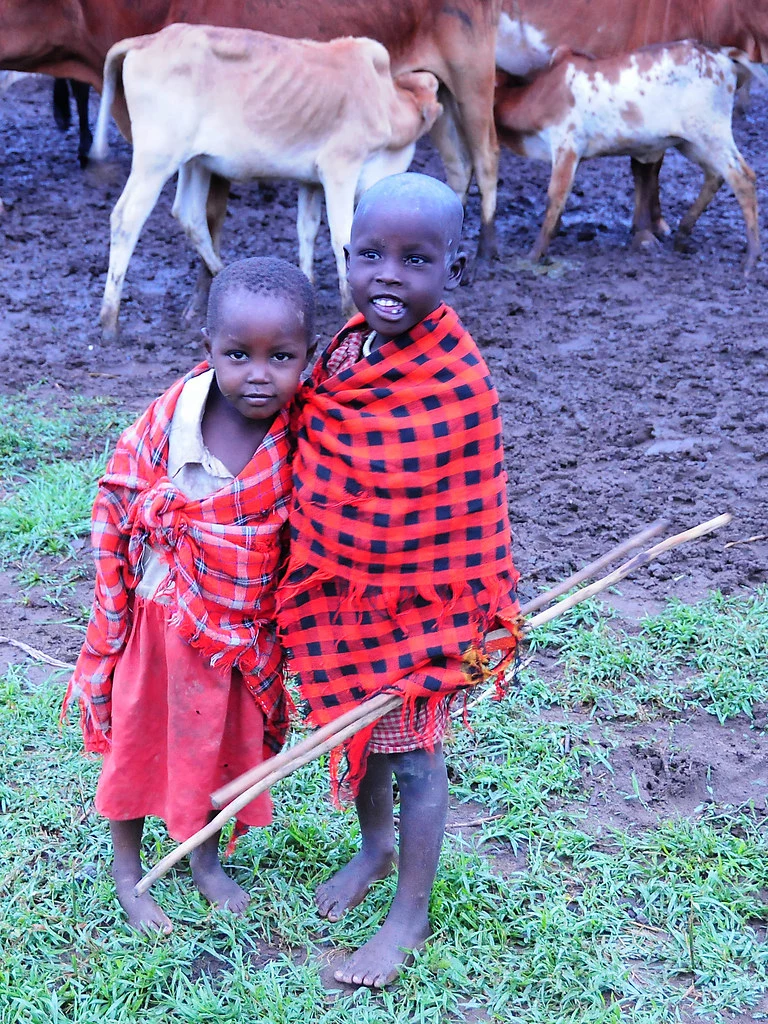
After birth and till the naming ceremony, the mother and infant live in seclusion. During this period, they are instructed to let their hair grow as they await the naming ceremony. Enkipukonoto Eaji (coming out of the seclusion period) ceremony is duly put together.
The event is held at the child’s parents’ homestead and clan members congregate outside the residence to pray for both mother and child. Shaving of both mother and child’s head is the highlight of the ritual and is carried out by an elderly woman.
Naming of the child is the father’s responsibility and he first has to consult with his age group and elders of the clan. This is to ensure that whichever name he has settled on does not belong to someone who broke societal taboos; the name must reflect grace, favor and blessings. The new life of the child is capped by a great feast of celebration.
- They Consider Livestock As A Measure Of Wealth
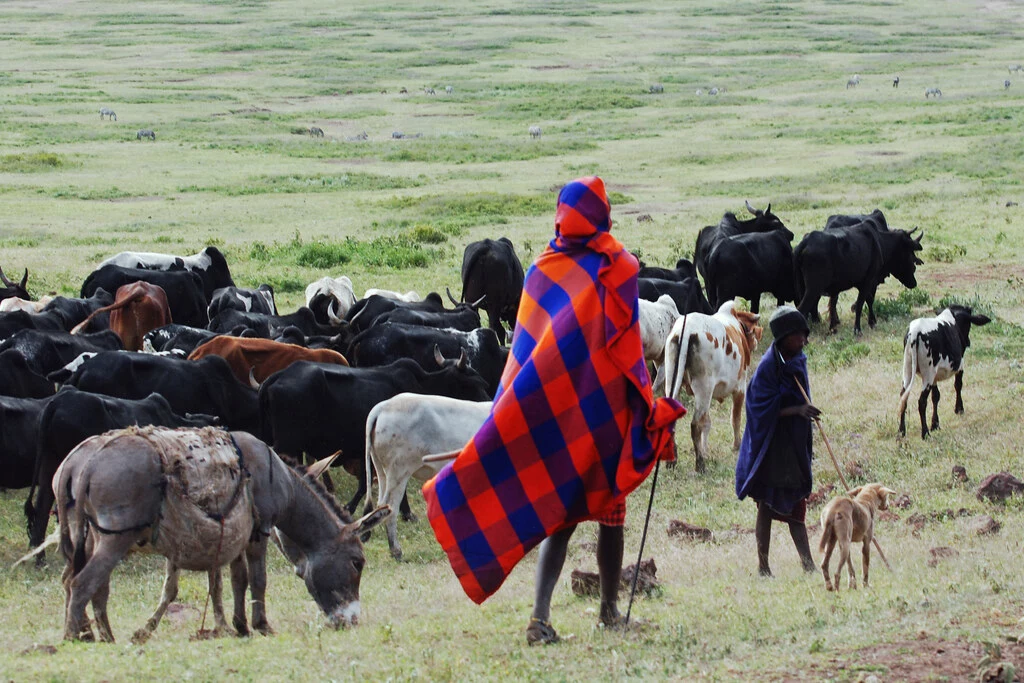
In Maasai land, nothing is held in higher regard than livestock. The community relies heavily on their livestock to meet all of their basic needs but of more importance is that these animals serve as currency. Livestock is the ultimate status symbol and the tribesmen will go to any lengths to protect what is theirs.
Livestock is considered a medium of exchange in the community. They are sold and bartered in all sorts of exchanges which involve goods and services. With no laid out political structures, livestock changes hands between clans with an aim of fostering good relations (diplomacy).
Dowry, a fundamental tenet in the unifying of man and woman, is also paid in livestock. A man is expected to bring with him the number of livestock which the bride’s family will quote or else his advances will be disregarded. In the case of polygamy, a man is allowed to marry as many women as his livestock can afford.
Livestock is also used to appreciate warriors in the Maa community for their bravery or any other act of valor showcased. In disputes, livestock is also used to atone for one’s misdeeds towards another or the community at large.
- They Have A Unique Mode Of Dressing
The Maasai code of dressing is an integral part of their culture. They use bold colors in their designs not only for aesthetic value but to also convey a message.

Red, the dominant color, signifies strength and unity; strength of the Moran warriors and unity which is brought about by spilling of animal blood during celebrations. White signifies purity and clean energy; blue signifies the clear sky; yellow signifies the sun; orange denotes friendship and camaraderie and black illustrates suffering.
A red blanket (shuka), colorful beaded jewelry, sandals made from animal hide (akala) and an iron rod (rungu) are a staple in every tribesman’s closet. The shuka is lauded for being warm and cozy and is the most iconic of the bunch. The colorful beaded jewelry which are made from beads and metal wire are equally as iconic and include products such as necklaces, earrings, bracelets (wrist and ankle) and belts. The big flat beaded collars indicate age, clan, social status and marital status.
- The Maasai Still Honor Their Rites Of Passage
The community’s rites of passage are quite a spectacle which attracts foreigners. There are three rites of passage the Maasai male will undergo and they are all interrelated.
Enkipaata is performed for adolescent boys who are ready for circumcision when an age set for morans (young warriors is formed by respected elders. The boys are mentored in the bush for several days on their culture and what is expected of them.
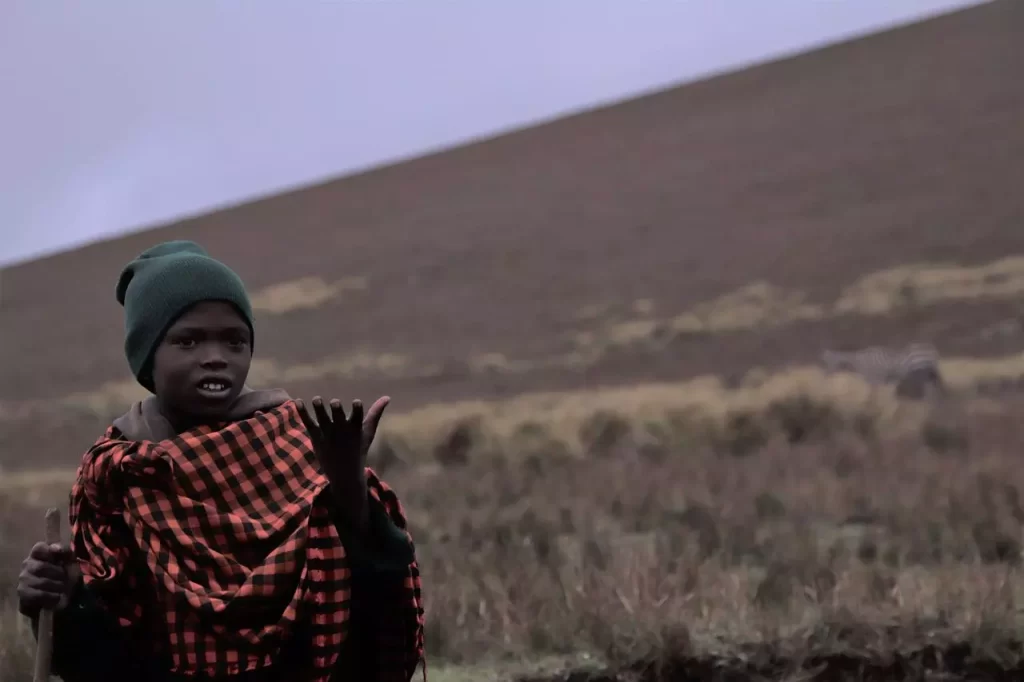
Eunoto is celebrated a decade after the first initiation; it symbolizes the elevation of a warrior into a senior warrior. Several bulls are slaughtered for the administration of oath purposes. Some of the oaths include drinking the blood of the animal and putting on the animal hide as a ring to signify their new status. The climax of the initiation is the shaving of moran’s hair which is done by their mothers using razors. All morans must be clean shaven within four days.
Olng’esherr (meat eating ceremony) is performed in one village for the whole age set who are now mature and expected to be married. An ox is sacrificed at the center of the manyatta and the meat is given to the initiates and spouses as a test of their moral integrity and commitment.
At the end of the ceremony, the senior morans are now considered elders and delegated elder responsibilities
- The Maasai Do Not Believe In Life After Death
For the Maasai community, there is no heaven or hell. A person’s life journey ends here on earth once the soul has left the body.
Physically, all of the deceased’s possessions are transferred to his or her loved ones while at the same time it is believed so are their sins. This means the way in which the dead person lived his life will be manifested in the lives of his loved ones. If the person was evil, his descendants will be doomed to a life of pain and suffering. If the person is good, his descendants will enjoy favor and fortune.
Since the Maasai do not believe in respect for dead bodies, they normally conduct a predator burial or scavenger burial. The corpse is covered in ox blood and cattle fat then left in the wild for animals to feast on. If the dead person led a good life, his body will be devoured in a day’s time. If it has not been devoured by the second day it is believed to be a bad person and his evil in him may possess his living family members. At this point, the living family members must make a living animal sacrifice to avoid bad luck.
Cruel as it may seem, the Maasai burial practice is considered to be a form of green burial as they believe dead bodies contain harmful organisms which pollute the environment.
- The Maasai Women Build The Homes
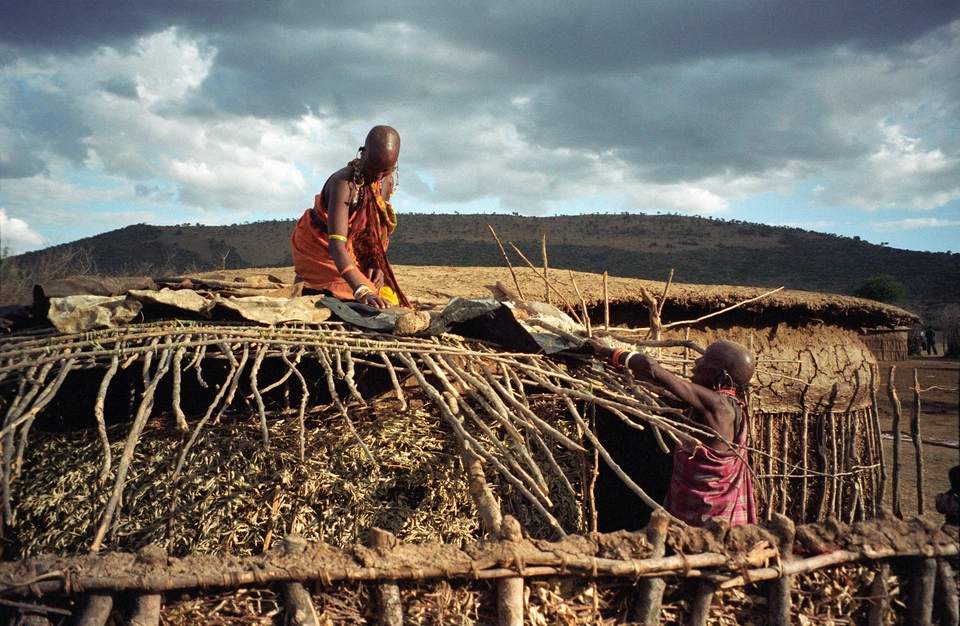
By virtue of being semi-nomadic pastoralists, the Maasai usually construct temporary houses and shelters. The task of house construction is designated to women. The only time a woman is exempt from this duty is if she is expecting or elderly. Each woman is responsible for her own hut.
The huts are usually circular or oval and are constructed using natural materials such as timber poles, branches, grass water and cow dung. Timber poles make up the house frame. Interlaced branches reinforce support and act as the lining of the wall. A mixture of water, mud, cow dung or human urine serves as the plaster. The roof is grass thatched and also plastered with cow dung which prevents it from leaking.
The size of one hut can accommodate a family, its livestock and act as a storage for their reserves. Maasai huts tend to be dark as they do not have windows, the tiny holes on the wall are what allows light to come in. Construction process can last between a few days or a few weeks depending on the labor force, work rate and availability of building materials.
